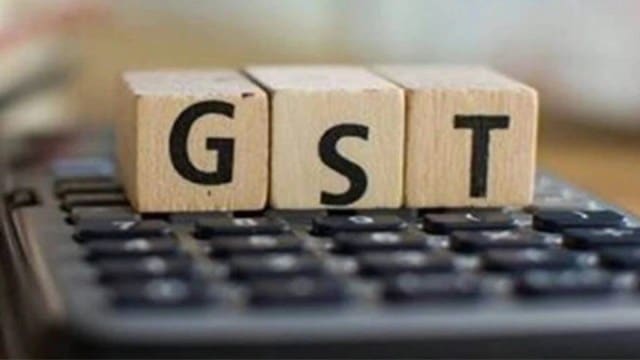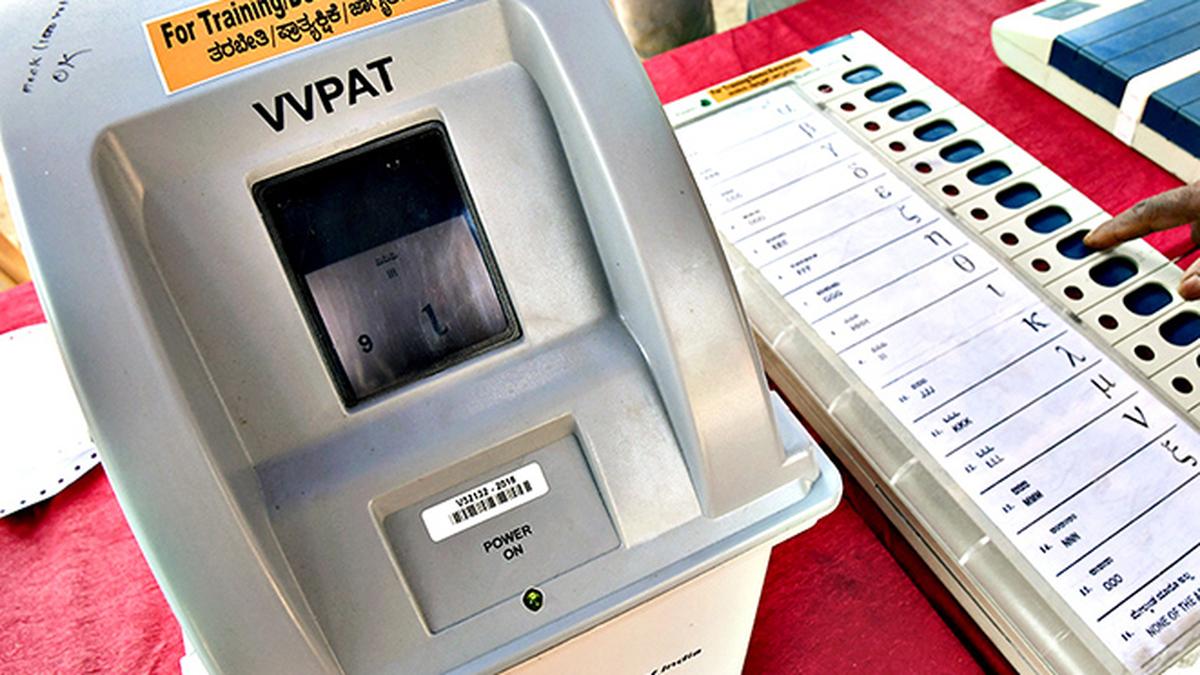ARTICLE AD BOX
 The ministers who met in Delhi on Friday said most other states (including those ruled by the NDA) have also lent their support, even if there are “political reasons” for not openly stating so, given the projections of revenue losses.
The ministers who met in Delhi on Friday said most other states (including those ruled by the NDA) have also lent their support, even if there are “political reasons” for not openly stating so, given the projections of revenue losses.
EIGHT OPPOSITION-ruled “like-minded” states — Himachal Pradesh, Jharkhand, Karnataka, Kerala, Punjab, Tamil Nadu, Telangana and West Bengal — which met in New Delhi on Friday said they explicitly and unambiguously supported the Centre’s GST rate rationalisation proposal, but were concerned about revenue loss.
In a joint statement, the states projected revenue loss of between Rs 85,000 crore and Rs 2 lakh crore a year and sought “protection of revenue interest and fiscal stability in a federal structure”. They said states should be compensated for revenue loss — anything lower than 14 per cent revenue growth — for a minimum five years.
States were also worried if benefits of rate rationalisation will actually reach the common people or lead to “windfall profits” for just a few companies. In his Independence Day address, Prime Minister Narendra Modi had said the GST reforms, to be implemented before Diwali, would lower the tax burden for the common man, small entrepreneurs and MSMEs.
The Centre’s proposal on GST reforms proposes replacing multiple slabs — 5 per cent, 12 per cent, 18 per cent and 28 per cent — with a broad two-slab structure — 5 per cent and 18 per cent — in addition to a 40 per cent special rate for sin and demerit goods. It was first discussed in the meetings of the Groups of Ministers (GoMs) in Delhi on August 20-21 and will now be taken up for discussion in the GST Council, which is scheduled to meet for two days on September 3-4 after a meeting of the officers on September 2.
State ministers will huddle again over a breakfast meeting on September 3 morning before the start of the Council meeting where a showdown is likely between the states and the Centre.
The ministers who met in Delhi on Friday said most other states (including those ruled by the NDA) have also lent their support, even if there are “political reasons” for not openly stating so, given the projections of revenue losses. States said they anticipate significant revenue reduction ranging from 15-20 per cent of the current GST revenues on account of the rationalisation of the current tax rates and the additional revenue foregone due to not merging the compensation cess fully into the GST rate structure, as discussed in the meeting of the GoM on Compensation Cess in December 2024.
“Such a revenue shock cannot be absorbed by the states without drastically reducing development expenditure. Therefore, any rate rationalisation will have to be accompanied with adequate safeguards to protect the fiscal stability of the states,” the statement said. States demanded that any rate rationalisation exercise must be accompanied by a revenue compensation mechanism to fully compensate the states for the reduction in GST revenues, wherein protection is granted to them at 14 per cent revenue growth rates for a minimum period of five years.
Story continues below this ad
States are asking for an additional levy on sin and luxury goods, over and above the proposed 40 per cent rate, to maintain the current effective tax incidence. They emphasised that the proceeds of this levy should be fully distributed among the states as a necessary measure to safeguard states’ revenues. “Should there be a deficit even after the imposition of the proposed additional levy, the Union Government should raise loans secured against the future receipts of the additional levy,” the statement said.
Karnataka’s Revenue Minister Krishna Byre Gowda said, “I want to unambiguously state that we are for rate rationalisation. At the same time, we have discussed other issues which are equally important. One is that the revenue interests of the states should be protected. And two, the benefits of rate rationalisation should actually reach common people. And it should not lead to windfall profits for just a few companies.”
Gowda said the GST has undergone 17 rounds of rate rationalisation so far, and the revenue rate is no longer a revenue neutral rate. “For all the states and also for the Union Government, it was mentioned at the time of introduction of GST that GST will bring buoyancy, meaning increased economic activity, and this increased economic activity, will actually increase the revenues. But the last 7-8 years of experience has proved the theory of buoyancy squarely wrong. Every round of rate reduction has resulted in net revenue loss to all the states. So, the theory of buoyancy has been conclusively proven wrong by actual experience. After 7-8 years of GST, the revenues have not even reached the level that prevailed in 2016 in the country. So, rate rationalisation, we must understand, will not automatically deliver buoyancy and will not automatically lead to increase in revenues,” he said.
The states’ ministers said their interests should be protected as the Constitution has prescribed major welfare responsibilities on states. “The Constitution has given two-thirds of the development and welfare responsibilities to the state governments. However, two-thirds of the revenues are entrusted to the central government. So, there is a structural imbalance built into this. The responsibilities, majority are with the state governments, but majority of the revenues are with the central government. Now people depend on the effective functioning of state governments for their welfare needs and for the development needs,” Gowda said.
Story continues below this ad
Punjab’s Finance Minister Harpal Singh Cheema said the Centre should provide adequate compensation to states to prevent financial instability, and said that such a balanced approach will protect the fiscal autonomy of states while advancing the objectives of GST reform in the true spirit of cooperative federalism. He said the benefits of this measure should reach the poor people of the country who are facing inflation rather than select corporate houses.
Aanchal Magazine is Senior Assistant Editor with The Indian Express and reports on the macro economy and fiscal policy, with a special focus on economic science, labour trends, taxation and revenue metrics. With over 13 years of newsroom experience, she has also reported in detail on macroeconomic data such as trends and policy actions related to inflation, GDP growth and fiscal arithmetic. Interested in the history of her homeland, Kashmir, she likes to read about its culture and tradition in her spare time, along with trying to map the journeys of displacement from there. ... Read More
Stay updated with the latest - Click here to follow us on Instagram
© The Indian Express Pvt Ltd



.png)
.png)
.png)


























 English (US) ·
English (US) ·